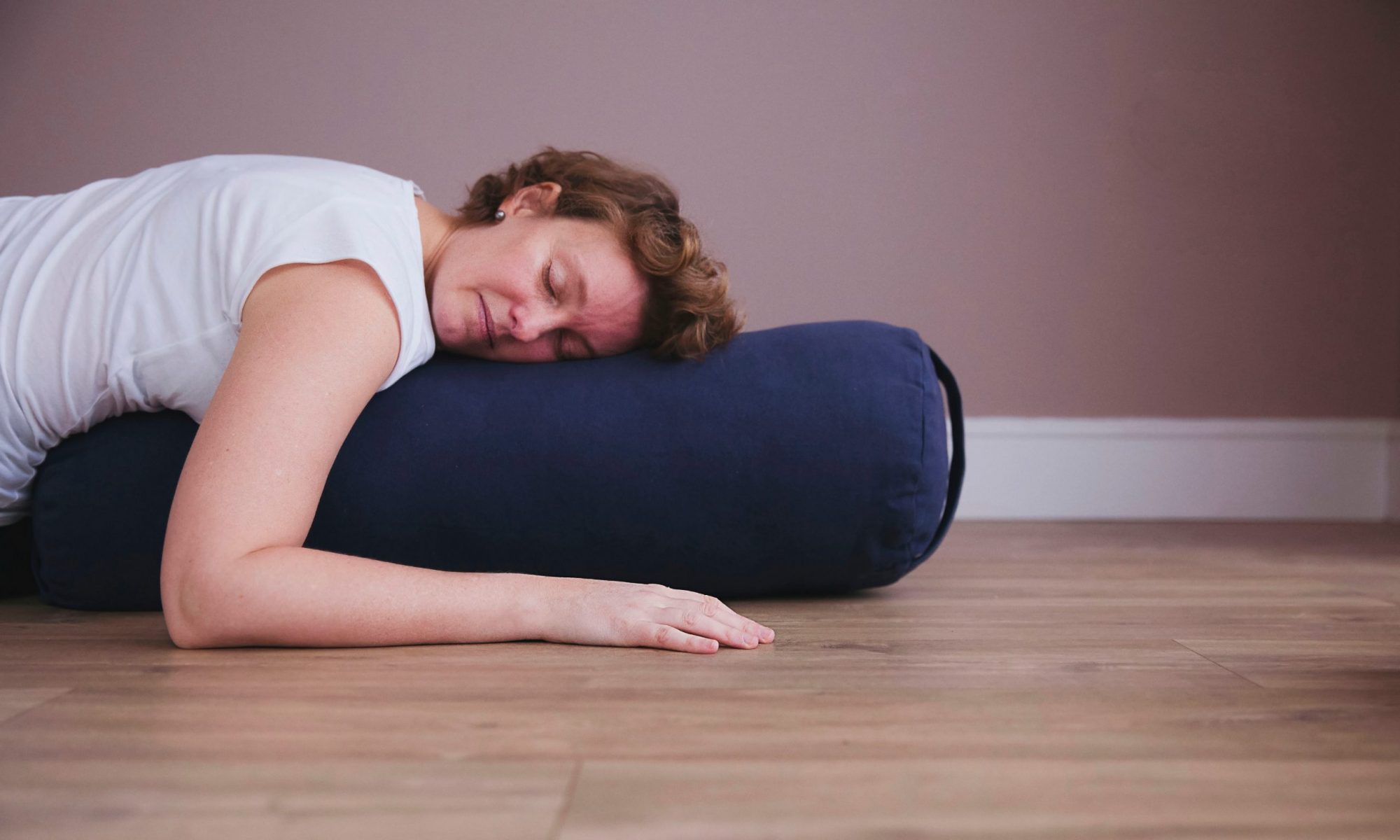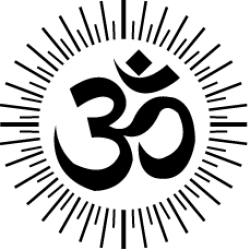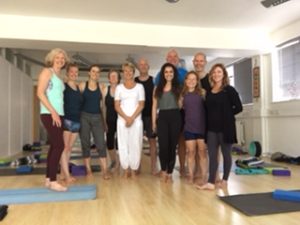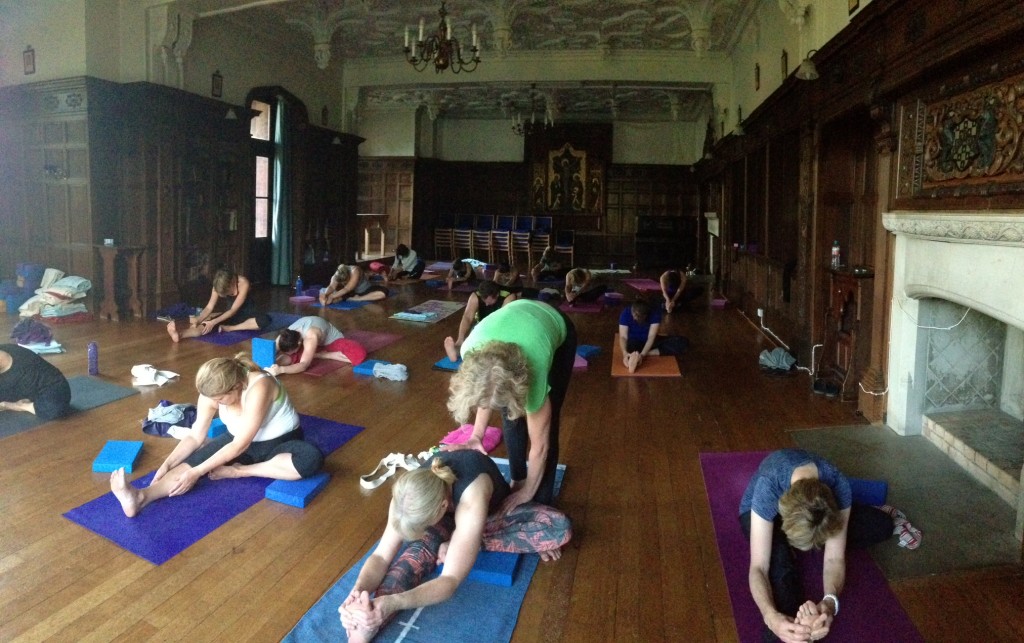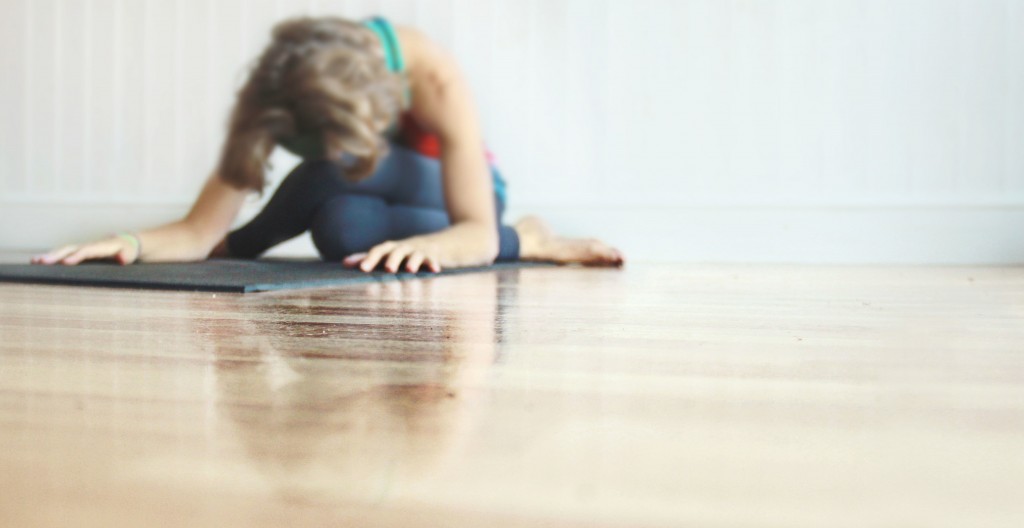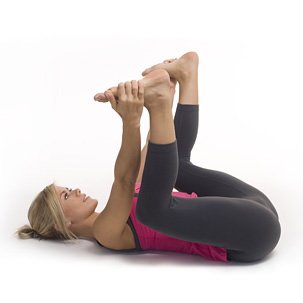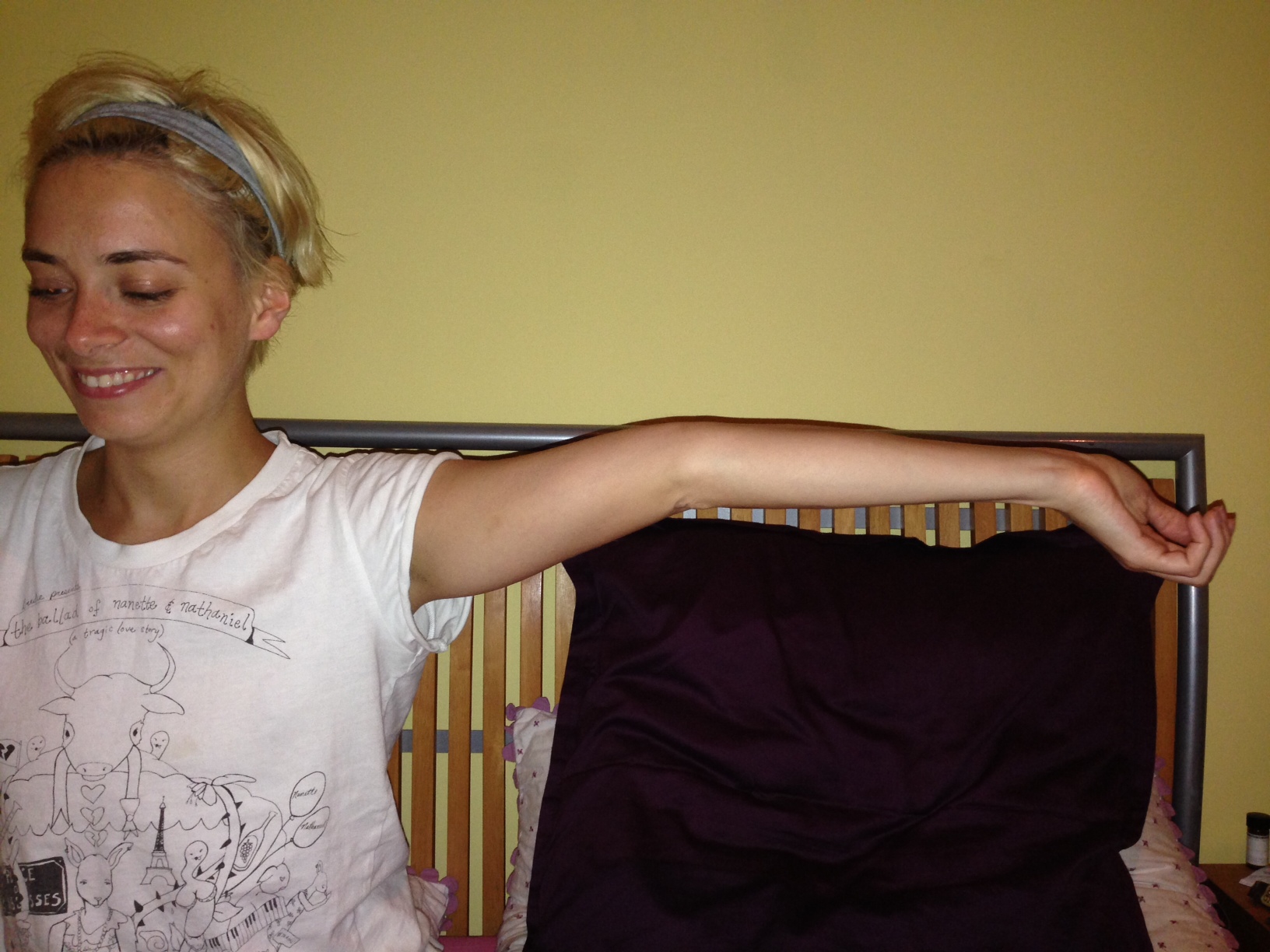This year marks ten years since I qualified as a yoga teacher. It also marks a big birthday for me. On my thirtieth birthday in 2010 I took what my teachers called a “very auspicious” dip in Ma Ganga. It was very refreshing.
When I look back over the past ten years, so much has changed. Then, I was single and seeing a lot of the world. Now I have a wonderful partner and two amazing children. I’m more settled.
I remember being told at the end of my Sivananda teacher training that we were being selfish if we didn’t share the teachings. So I came back to London and taught anyone who asked.
It was scary standing up in front of a group of people. I used to feel physically sick with nerves. I doubted myself. I worried what people thought (a lot). But then my confidence grew – not just in teaching but in all areas of my life.
Yoga taught me to look beyond the surface, to pay attention. As a result, I’d say I’m a lot happier and at home in this body and with this mind. I know myself better.
Teaching yoga in Hertfordshire
Having taught in London for three years, I completed further training and moved to Hertfordshire. I started covering classes locally and began running classes, workshops and retreats. I felt a strong sense of community or ‘sangha’.

Shop window yoga with April Nunes Tucker for the opening of St Albans’ Sweaty Betty 2014 
Yoga holiday in Ibiza
In the past seven years, the local St Albans/Harpenden yoga scene has changed and developed considerably. When I started, I wasn’t aware of any other yin yoga classes around here. Awareness of the style was far, far lower than it is now. It was also easier to find space in venues to start new classes. There are now so many more yoga teachers in the area.

Teaching yin for Fluxus Fitness, St Albans 
Marketing for BAYoga – US ashtangi David Garrigues visits 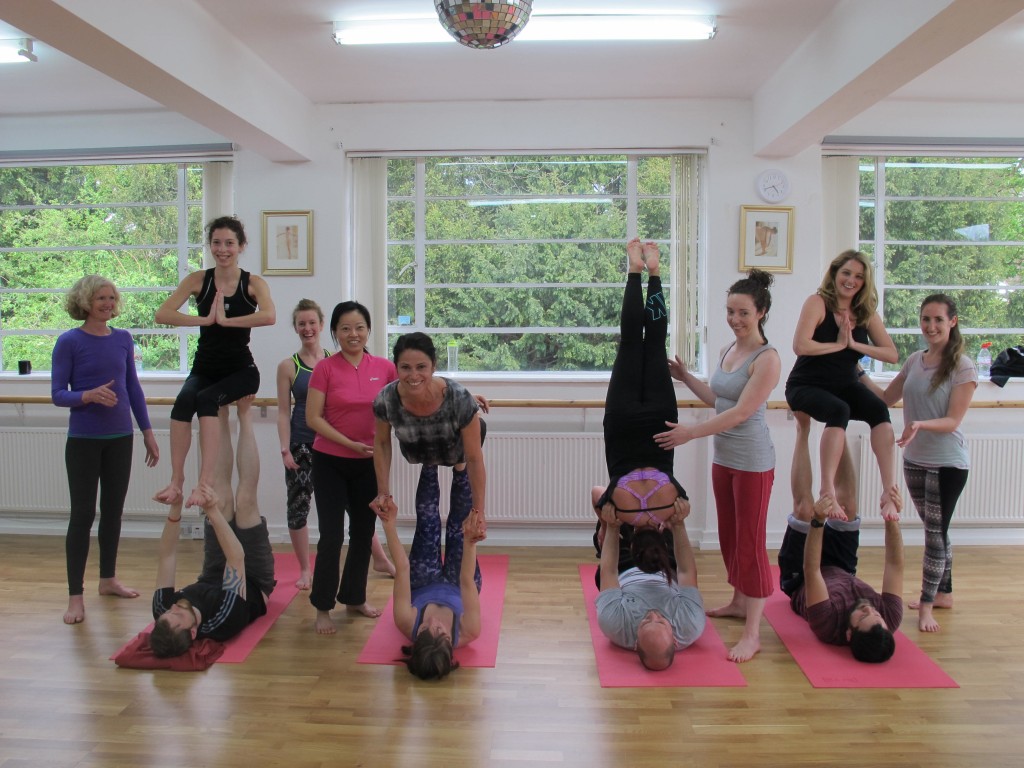
Hosting guest acroyoga teacher, Emmeline Gee, for a weekend of workshops
The growing popularity of yoga is brilliant. And people need yin to counter the increasingly hectic pace of modern living. There’s a reason why it’s the fastest growing style of yoga today.

Yoga flashmob! Harpenden High Street 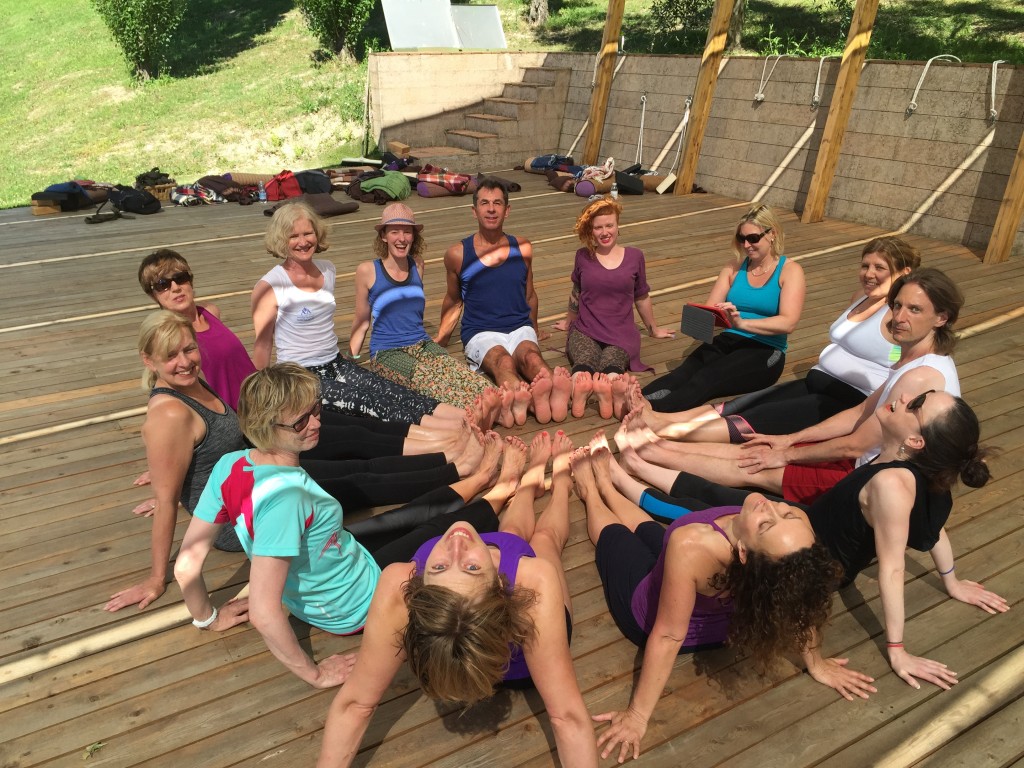
Italy yoga holiday
More broadly, yoga has changed and developed too: the toppling of yoga ‘gurus’ from their pedestals in the #metoo era and the rise of the instayogi. Mindfulness is a workplace buzzword. There’s a growing awareness of yoga teachers’ pay thanks to the work of Norman Blair and others. Perhaps the London yoga market has now reached saturation point. Yoga is taught in many more schools.
What will be the next style of yoga to take the world by storm?
There’s a lot to think about and navigate.
Mentoring programme
With this in mind, I am offering a mentoring programme for teachers of yoga and mind/body/wellness practices. It can be tough teaching out there. It can be isolating too.
We’d cover topics such as:
- The student/teacher relationship
- Communication with studio owners and contacts at hire spaces
- Running classes, workshops, retreats and holidays
- Promoting yourself and attracting new students
- The business and financial aspects of teaching
- Work/life balance
- Self care.
It would be a small group and we’d meet one Sunday evening a month for four months from March. I’d facilitate and provide advice based on my experience but we’d all share and support each other.
If you’d like to find out more and book, visit the mentoring page.
